Chinese researchers have selected a saline-resistant plant variety in northwest China's Xinjiang Uygur Autonomous Region that can absorb and process hundreds of tonnes of salt annually in each square kilometer of land.
The area of saline land in Xinjiang spans up to 110,000 square kilometers, accounting for one-third of the country's total, which has severely restricted the sustainable development of agriculture in the region.
Since the beginning of the 2000s, researchers from the Xinjiang Institute of Ecology and Geography of the Chinese Academy of Sciences have conducted studies on the saline area across Xinjiang and screened out the salt-tolerant plant suaeda salsa from hundreds of halophytes which could absorb salt in soil and improve the soil quality.
The salt-absorbing feature of the suaeda salsa has been tested in Xinjiang, northwestern Ningxia Hui Autonomous Region, and northern Inner Mongolia Autonomous Region.
Some barren saline-alkaline lands were transformed into normal farmland after growing the salt-tolerant plant for three to four years.
The researchers also found that the suaeda salsa can serve as vegetable and fodder as well as help with saline-alkali land greening.
They have given the plant seeds to farmers, research institutes and agriculture enterprises for free.











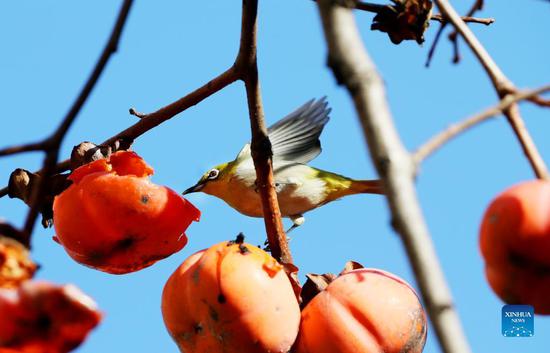













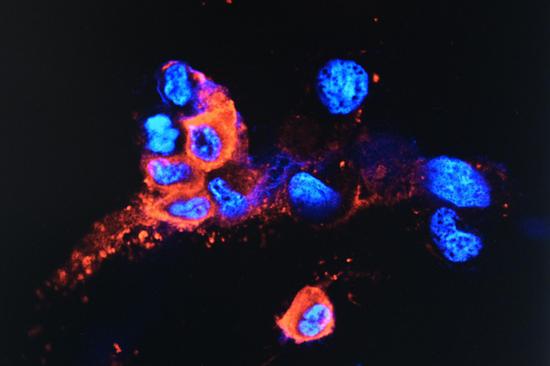



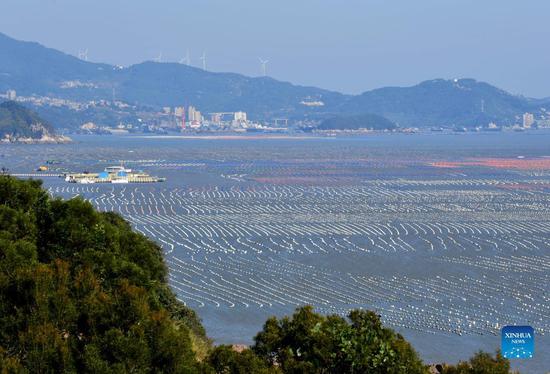

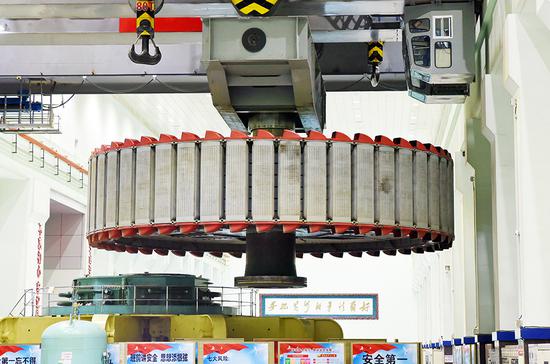
















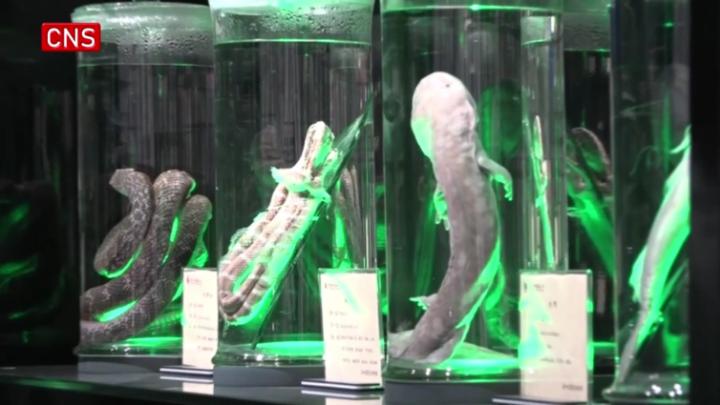

 京公网安备 11010202009201号
京公网安备 11010202009201号